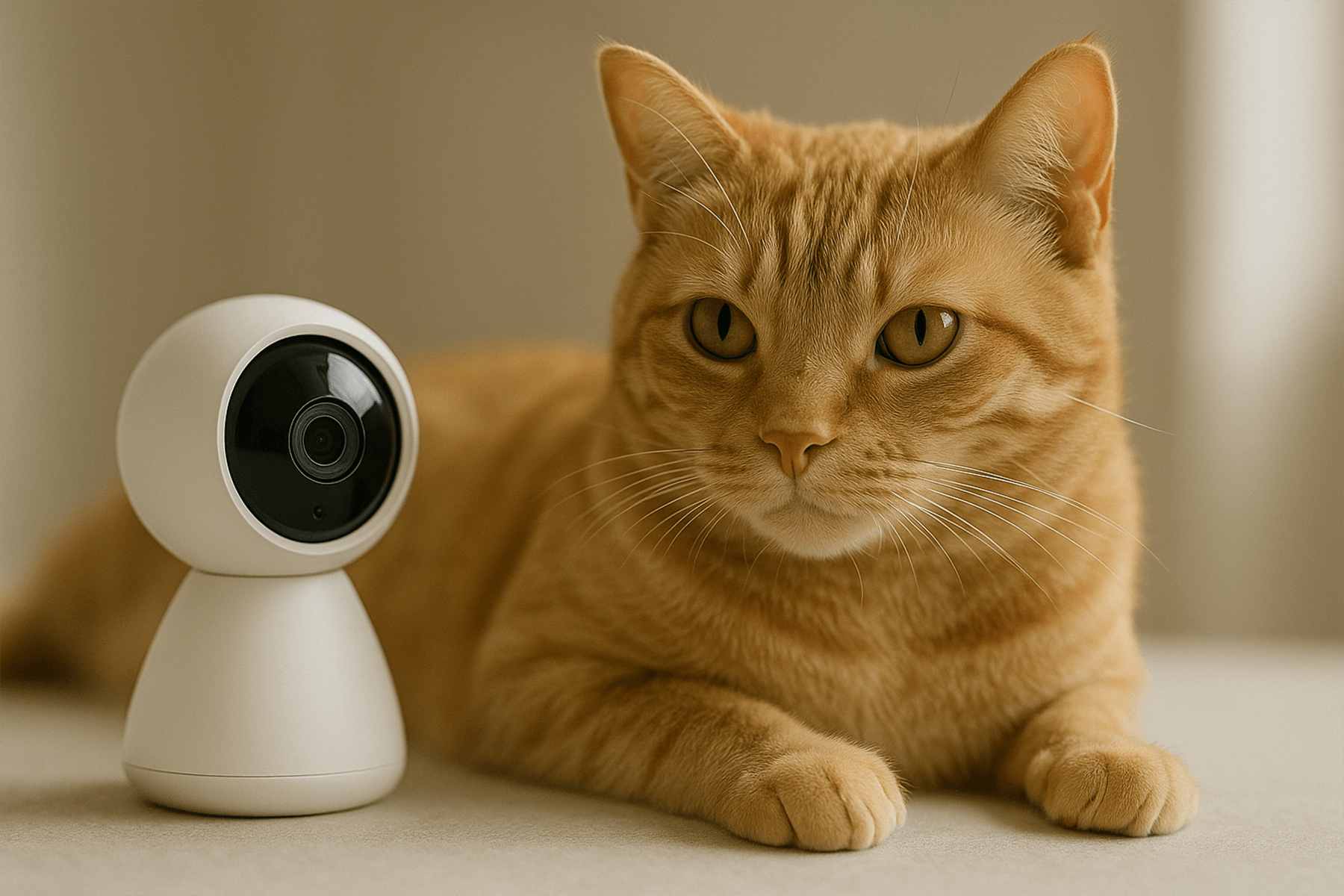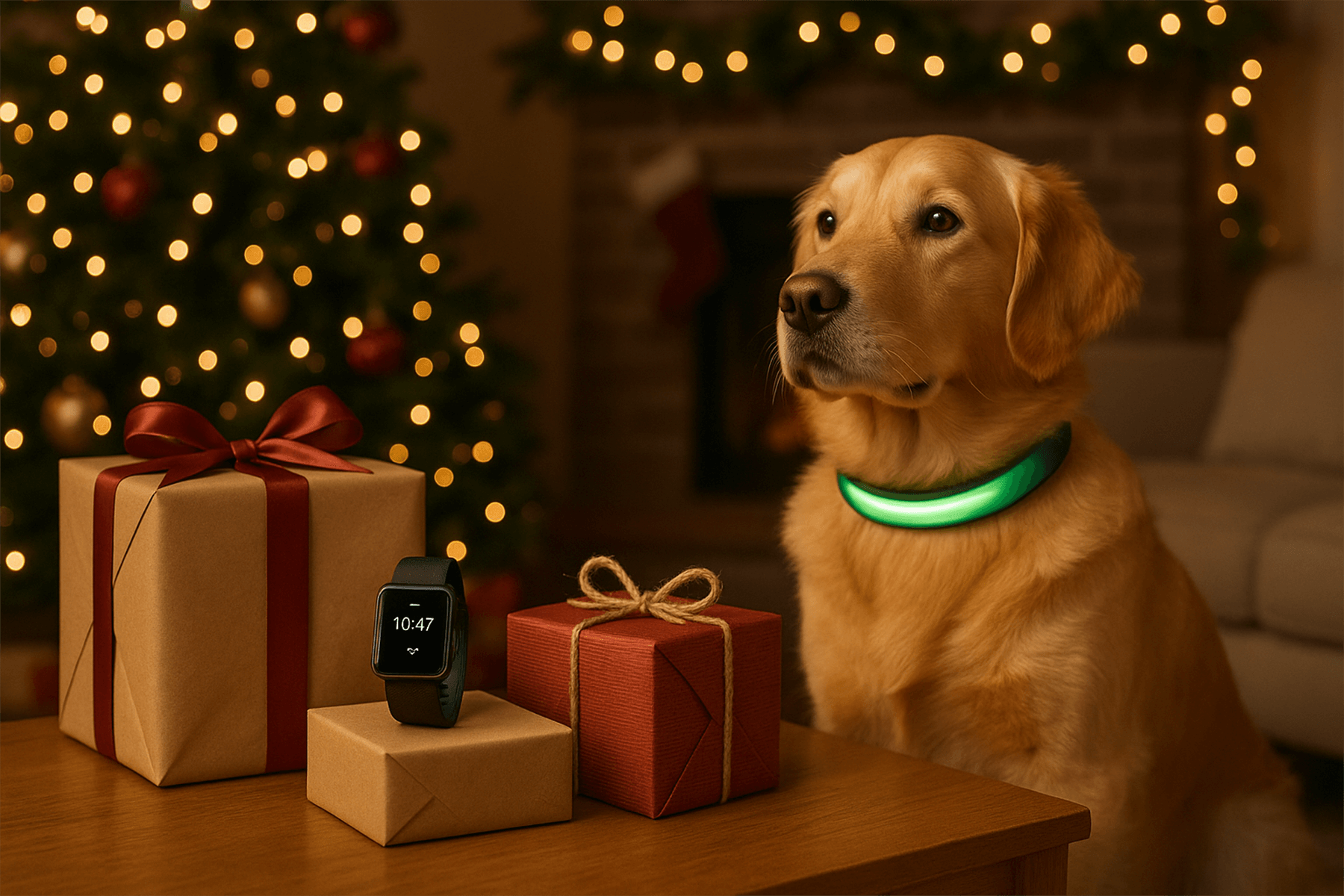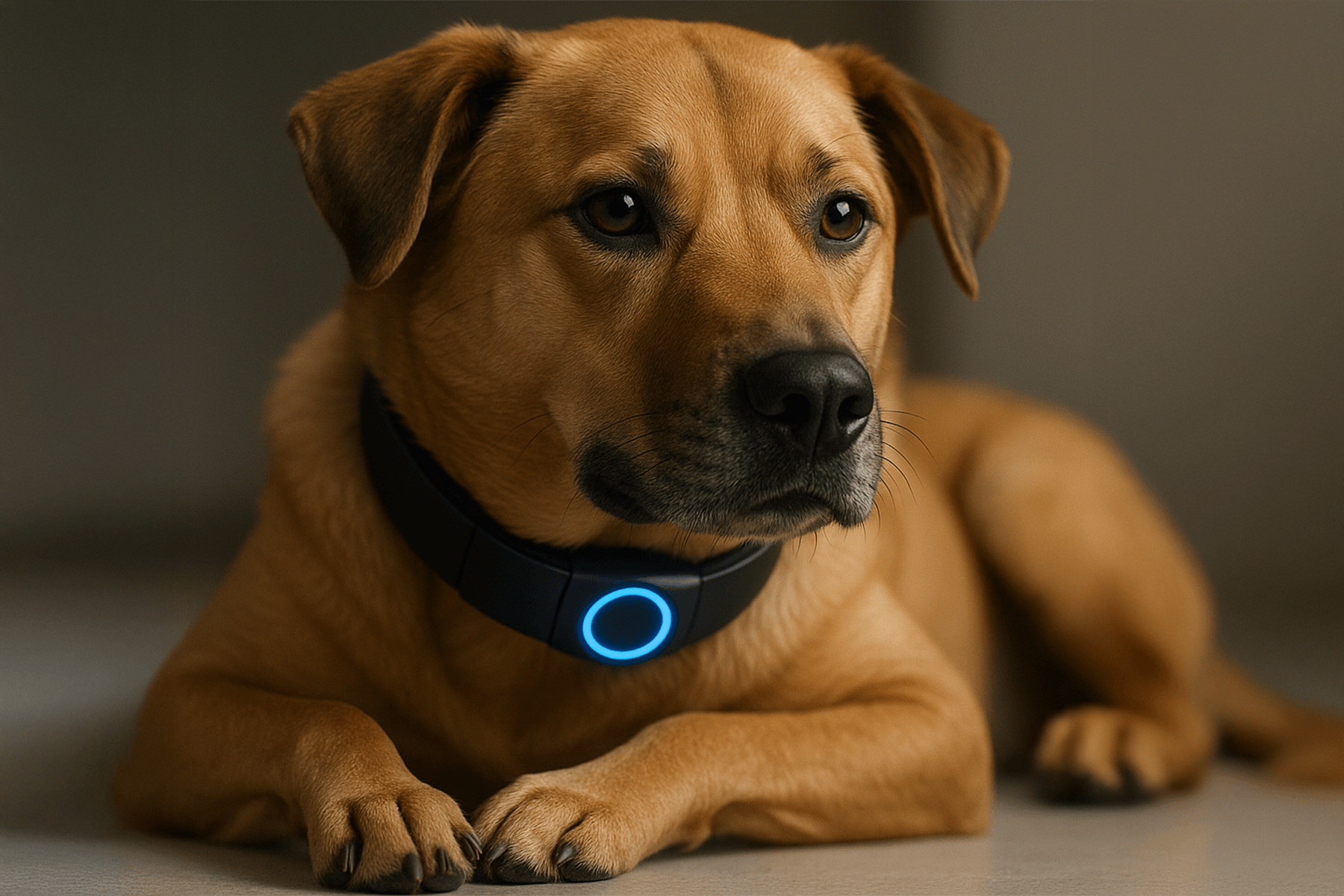Smart collars, indoor pet cameras, and home assistants now analyze more than a pet’s activity—they learn from everything happening in the household. These AI-driven monitors promise peace of mind but also raise new ethical questions: Who owns the data, how is it used, and what happens when your home becomes a source of behavioral analytics?
What Data Pet and Home Monitors Collect
Modern pet wearables record location, motion, temperature, and even vocalizations. Home AI devices often integrate this with environmental cues—from sound and video to owner presence. According to a study published by the ssociation for Computing Machinery, many of these tools gather as much information about humans as pets. Cameras detect voices, habits, and schedules, creating a continuous household record that blurs the line between animal care and human surveillance.
Who Uses That Data—and Why It Matters
Pet tech companies use behavioral data to improve algorithms, provide health alerts, or deliver targeted recommendations. However, third-party access and cloud-based processing can extend far beyond what most users expect. A review by Ignitec notes that consent is often implied rather than explicit—and owners may not know how long data is retained or where it is stored.
In homes that use both human and pet wearables, this creates shared privacy stakes. For instance, an AI pet camera may capture family interactions or visitor routines. Without clear transparency or opt-out controls, this data can train commercial models or be sold for analytics, often with little user oversight.
The Ethical Challenges of Domestic AI
Ethical debates center on three questions: autonomy, consent, and fairness. Unlike humans, pets cannot consent to data collection, yet their behavior is tracked constantly. Owners must decide on their behalf—but do so with limited understanding of data implications. Meanwhile, human privacy is indirectly affected whenever a device built for pets records human activity.
Researchers at arXiv.org highlight that transparency and fairness frameworks are still emerging for home AI. Regulatory tools such as GDPR and the California Consumer Privacy Act offer partial coverage but rarely mention non-human data, leaving gaps in protection for household AI ecosystems.
How Consumers Can Protect Their Data
- Check privacy policies carefully. Look for devices that disclose data usage, storage duration, and sharing practices.
- Opt for local processing. Products that store data on the device instead of the cloud reduce exposure risk.
- Review permissions in companion apps. Disable unnecessary microphone or location access where possible.
- Secure your network. Use strong passwords and separate IoT devices on their own Wi-Fi network.
- Ask questions before buying. Transparency from manufacturers is a good indicator of ethical responsibility.
Key Takeaways
- AI pet monitors collect overlapping data about pets and humans, often stored in the cloud.
- Transparency and consent remain limited, making privacy a shared household issue.
- Consumers can minimize risk through informed purchasing and secure network habits.
What This Means for You
AI monitoring tools can make pet care smarter and more responsive—but awareness is crucial. By treating data as shared household information rather than a private feed, owners can make better choices about which devices to trust. The goal is balance: insights without intrusion.
FAQ
1. What kind of data do AI pet and home monitors collect?
Most devices record movement, sound, temperature, and even video footage. Some also analyze vocalizations or behavioral patterns. These data points help track pet wellness but can also reveal details about human routines.
2. Are these AI devices recording humans as well as pets?
Yes. Many smart collars and cameras capture human speech or motion in shared spaces. Even if the focus is on pets, incidental data collection can include family members and visitors.
3. Who owns the data generated by AI monitors?
Ownership varies by manufacturer. Typically, companies retain rights to use data for product improvement or analytics, while users have limited control. Always review the device’s terms of service for data ownership clauses.
4. Can pet and home monitoring data be shared with third parties?
Yes, some manufacturers share data with advertisers, research partners, or insurers. Look for devices that clearly disclose data-sharing practices and allow opt-out options.
5. What are the main ethical concerns about AI pet monitors?
Key issues include informed consent, transparency, and potential misuse of behavioral data. Because pets cannot consent, owners carry ethical responsibility for how that information is collected and used.
6. How can I protect my family’s privacy while using smart pet devices?
Choose products with local data storage, encrypted communication, and adjustable privacy settings. Disable microphones or cameras when not needed and secure all IoT devices with strong passwords.
7. Are AI monitors vulnerable to hacking?
Yes. Devices connected to home Wi-Fi can be compromised if security is weak. Use unique credentials and consider a separate network for smart devices to reduce exposure.
8. How long do companies keep AI monitoring data?
Retention policies vary widely. Some store data for a few months, others indefinitely. Always check the device’s privacy policy or request deletion if regulations like GDPR or CCPA apply.
9. Do these devices follow any privacy regulations?
Most fall under general data protection laws such as GDPR (in the EU) or CCPA (in California). However, few explicitly address animal data, creating gray areas in legal protection.
10. What trends are shaping the ethical use of AI in pet and home monitoring?
Manufacturers are starting to offer transparency dashboards and on-device AI processing to minimize cloud dependency. Ethical design and clearer data consent models are emerging as consumer priorities.



